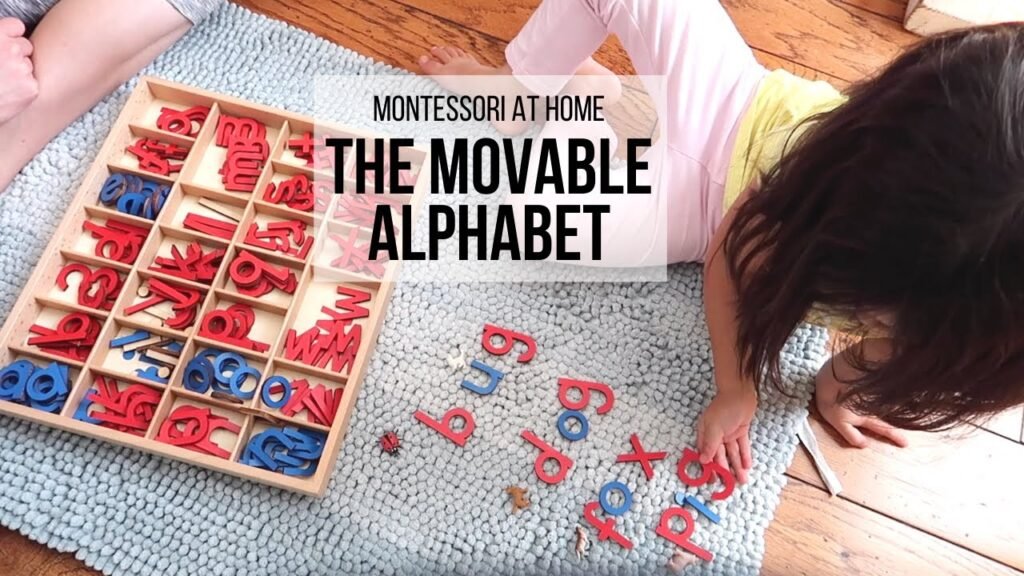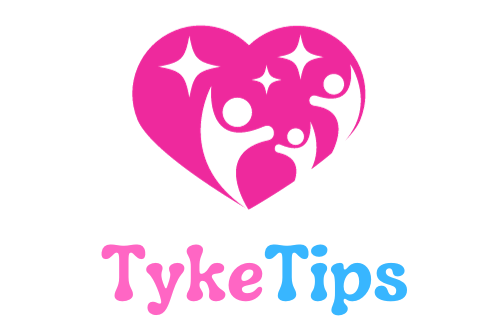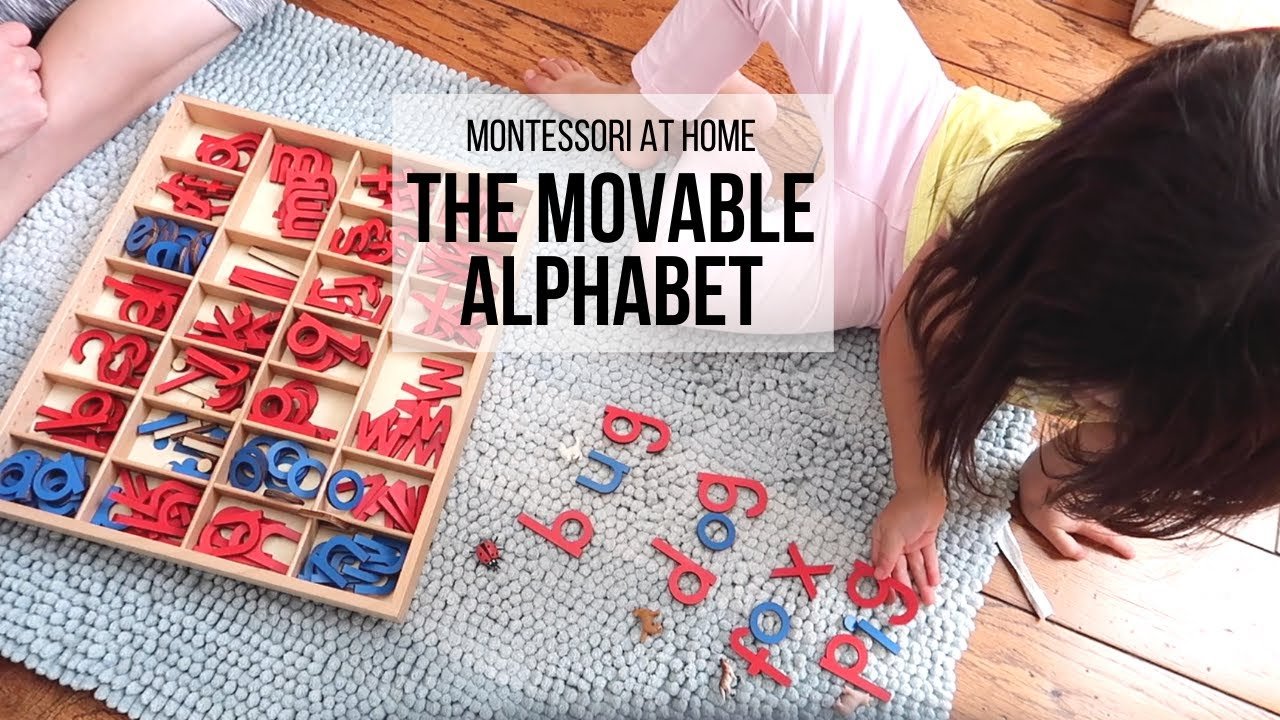Hi there! If you’re looking to learn more about the Montessori movable alphabet, you’ve come to the right place. In this article, we’ll discuss the importance of consistency with sandpaper letters, the method of introducing the movable alphabet to a child, and how to use it to teach phonetic words. The emphasis will be on teaching writing before reading, making sure your child gets a solid foundation in language development.
The traditional Montessori movable alphabet is a wooden box with compartments for each letter of the alphabet. Each compartment contains wooden letter cutouts, with vowels in blue and consonants in red. It’s important to stay consistent with the type of letters your child has been exposed to previously, whether print or cursive. This hands-on tool is a great way to create simple sentences and help your child transition from isolating sounds to writing complete words.

Overview of Montessori Movable Alphabet
The Montessori movable alphabet is a set of moveable letters typically arranged in wooden compartments. Each compartment holds wooden letter cutouts representing the alphabet. The vowels are in blue, and the consonants are in red, following a color-coding system. Traditionally, the movable alphabet includes lowercase cursive letters, although modern versions may also offer manuscript or print letters. This tool is a fundamental part of the Montessori curriculum for language learning and is used to teach writing before reading.
Definition of the movable alphabet
The movable alphabet is a set of moveable letters used in the Montessori education system to help children learn to read and write. Each letter is presented in a tactile format, allowing children to physically manipulate and arrange the letters to create words and sentences.
Purpose of the movable alphabet in Montessori education
The purpose of the movable alphabet in Montessori education is to build a strong foundation in language learning by introducing writing skills before reading. By enabling children to construct words and sentences with tangible letters, the movable alphabet enhances literacy development and encourages creative expression.
Benefits of using the movable alphabet in language learning
Using the movable alphabet in language learning offers numerous benefits, including promoting phonemic awareness, enhancing fine motor skills, fostering creativity, and increasing confidence in writing and reading abilities. The tactile nature of the movable alphabet provides a hands-on approach to language learning, making it engaging and effective for children.
Teaching Writing Before Reading
In Montessori education, teaching writing before reading is a key component of the language curriculum. This approach emphasizes developing children’s ability to form letters and words before focusing on decoding text. By starting with writing, children first learn to express themselves creatively and develop a strong foundation for reading skills.
Importance of the writing process in Montessori education
The writing process plays a crucial role in Montessori education as it enables children to express their thoughts, ideas, and experiences through words. By encouraging children to write independently, the Montessori approach fosters creativity, critical thinking, and language development.
Sequence of learning writing before reading
The sequence of learning writing before reading in Montessori education involves introducing children to the movable alphabet to construct words and sentences. By engaging in hands-on activities with moveable letters, children develop the ability to form letters, sound out words, and create meaningful language compositions.
Connection between writing and reading skills
The connection between writing and reading skills is evident in the Montessori curriculum, where children use the movable alphabet to transition from writing isolated sounds to constructing complete words. Through hands-on exploration with moveable letters, children develop phonemic awareness, spelling proficiency, and reading fluency.
Introduction to Language and Phonics
The Montessori movable alphabet serves as a valuable tool for exploring language sounds and phonics instruction. By engaging children in hands-on activities with moveable letters, educators can build phonemic awareness, enhance vocabulary, and promote language development.
Exploration of language sounds with the movable alphabet
The moveable alphabet allows children to explore language sounds by manipulating individual letters to create words. This tactile approach helps children identify phonetic patterns, blend sounds together, and develop an understanding of the relationship between letters and sounds.
Phonics instruction using the movable alphabet
Phonics instruction with the movable alphabet involves teaching children the relationship between letters and their corresponding sounds. By arranging moveable letters to form phonetic words, children practice sound-letter associations, improve decoding skills, and build a solid foundation for reading and spelling.
Building phonemic awareness with the movable alphabet
The movable alphabet supports the development of phonemic awareness, which is the ability to recognize and manipulate individual sounds in words. By engaging children in activities that require them to segment, blend, and manipulate sounds using moveable letters, educators promote phonological skills essential for literacy success.
Consistency with Sandpaper Letters
In Montessori language curriculum, sandpaper letters play a significant role in conjunction with the movable alphabet. By integrating both tools, educators create a cohesive language learning experience that enhances children’s understanding of letter-sound relationships and supports literacy development.
Role of sandpaper letters in Montessori language curriculum
Sandpaper letters are used in Montessori education to introduce children to the sounds of the alphabet through a multi-sensory approach. By tracing the textured letters and associating them with corresponding sounds, children develop phonemic awareness and lay the foundation for reading and writing skills.
Integration of sandpaper letters with the movable alphabet
By incorporating sandpaper letters with the movable alphabet, educators reinforce the connection between letter recognition, sound identification, and the physical formation of letters. This integration helps children transition from tactile letter experiences to constructing words and sentences with moveable letters.
Creating a cohesive language learning experience for children
By maintaining consistency between sandpaper letters and the movable alphabet, educators create a cohesive language learning experience for children. This approach ensures that children develop a strong foundation in phonics, spelling, and writing skills by engaging with tactile materials that support their linguistic development.
Introducing the Movable Alphabet to a Child
When introducing the movable alphabet to a child, creating a conducive environment and presenting the materials in a structured manner are essential. By following a step-by-step guide, parents and educators can encourage children to explore and experiment with the moveable letters independently.
Setting up the environment for introducing the movable alphabet
To introduce the movable alphabet effectively, create a designated workspace with the moveable letters arranged neatly in compartments. Ensure that the environment is free from distractions and provides ample space for children to engage with the materials comfortably.
Step-by-step guide to presenting the movable alphabet materials
Begin by introducing the concept of the movable alphabet to the child, explaining how the letters can be used to create words and sentences. Encourage the child to explore the moveable letters, arrange them to form simple words, and experiment with different letter combinations to enhance their language skills.
Encouraging independent exploration and experimentation with the movable alphabet
Promote independent exploration and experimentation with the movable alphabet by allowing children to engage with the materials freely. Encourage them to build words, sound out letters, and create meaningful compositions using the moveable letters to foster confidence and creativity in language learning.
Teaching Phonetic Words with the Movable Alphabet
Using the movable alphabet to teach phonetic words is an effective way to enhance literacy skills and phonemic awareness in children. By constructing words with moveable letters, children develop the ability to decode phonetic patterns, blend sounds, and expand their vocabulary.
Using the movable alphabet to construct phonetic words
Introduce children to phonetic words by demonstrating how moveable letters can be arranged to represent the sounds of individual letters and their combinations. Encourage children to build words by selecting the appropriate moveable letters and sounding out each phoneme to construct meaningful words.
Engaging activities and games to reinforce phonetic learning
Incorporate engaging activities and games to reinforce phonetic learning with the movable alphabet. Encourage children to play word-building games, create rhyming words, and solve phonetic puzzles using moveable letters to make learning enjoyable and interactive.
Progression from simple to more complex phonetic words with the movable alphabet
Guide children through a progression of phonetic words, starting with simple three-letter words and gradually increasing the complexity of the words. By scaffolding their learning and providing opportunities to work with a variety of phonetic patterns, children can develop their reading and writing skills with the movable alphabet.
Transition to Writing Complete Words
As children become proficient in constructing phonetic words with the moveable alphabet, they can transition to writing complete words to enhance their language skills further. By guiding children from isolating sounds to forming complete words, educators support their development in spelling, vocabulary, and writing fluency.
Guiding children from isolating sounds to forming complete words
Support children in transitioning from isolating sounds to forming complete words by encouraging them to blend individual phonemes and create meaningful word compositions. Provide opportunities for children to experiment with different letter combinations, practice spelling rules, and expand their vocabulary with the moveable alphabet.
Encouraging creativity and expression through word formation
Encourage children to express their creativity and imagination through word formation with the moveable alphabet. Invite children to construct sentences, stories, and poems using a variety of vocabulary words to foster language development, enhance writing skills, and promote self-expression.
Developing writing fluency and confidence with the movable alphabet
By guiding children in writing complete words with the moveable alphabet, educators help them develop writing fluency and confidence in expressing their thoughts and ideas. Provide constructive feedback, encourage revision, and celebrate children’s progress as they master the art of composing words and sentences using moveable letters.
Constructing Simple Sentences
Constructing simple sentences with the movable alphabet is a valuable exercise that allows children to practice grammar, punctuation, and sentence structure. By combining words to create meaningful sentences, children develop communication skills, understand syntax, and enhance their ability to convey ideas effectively.
Combining words to create meaningful sentences
Encourage children to combine words from the moveable alphabet to create simple sentences that communicate clear ideas. Emphasize the importance of subject-verb agreement, sentence structure, and punctuation to help children construct coherent and grammatically correct sentences.
Building grammar and sentence structure with the movable alphabet
Use the moveable alphabet to reinforce grammar and sentence structure by guiding children in arranging words to form complete sentences. Teach children about parts of speech, sentence types, and word order to help them develop strong writing skills and effective communication abilities.
Promoting communication skills through sentence construction
Promote communication skills through sentence construction activities with the moveable alphabet. Encourage children to articulate their thoughts, express their feelings, and share their experiences by composing sentences that convey meaning, emotion, and context.
Material Options for Movable Alphabet
A variety of moveable alphabet materials are available for purchase, offering educators and parents different options to support language learning. By comparing different moveable alphabet sets and considering do-it-yourself (DIY) options, educators can select materials that best suit their teaching style, budget, and learning objectives.
Variety of moveable alphabet materials available for purchase
Explore a range of moveable alphabet materials available for purchase, including wooden sets, magnetic letters, digital apps, and printable resources. Consider the durability, usability, and educational value of each set to determine the best fit for your classroom or homeschool environment.
Comparison of different moveable alphabet sets
Compare different moveable alphabet sets based on factors such as letter size, color-coding, letter style (cursive, manuscript, print), and storage options. Evaluate the quality, design, and versatility of each set to choose moveable letters that align with your teaching preferences and children’s learning needs.
DIY options for creating a personalized moveable alphabet
Explore do-it-yourself (DIY) options for creating a personalized moveable alphabet using everyday materials such as cardboard, foam letters, or paper cutouts. Engage children in the process of making their moveable alphabet to encourage creativity, resourcefulness, and hands-on learning experiences.
Resources for Montessori at Home Implementation
Incorporating Montessori principles into homeschooling can be facilitated through online resources, e-courses, and educational materials. By accessing online platforms, YouTube channels, and recommended reading materials, parents can gain insights, guidance, and support for implementing Montessori practices at home effectively.
Accessing online e-courses for Montessori education
Explore online e-courses that offer Montessori-inspired learning experiences, resources, and strategies for homeschooling. Enroll in virtual courses that provide practical tools, techniques, and lesson plans to help parents create a Montessori environment at home and support children’s academic and personal development.
Utilizing YouTube channels for Montessori at home guidance
Subscribe to YouTube channels that focus on Montessori education and provide valuable tips, tutorials, and activities for homeschooling parents. Watch videos that demonstrate how to introduce Montessori materials, engage children in learning activities, and foster independence, creativity, and critical thinking skills at home.
Recommendations for further reading and exploration in Montessori education
Discover recommended reading materials and resources that offer in-depth insights into Montessori philosophy, principles, and practices. Explore books, articles, blogs, and research studies that delve into topics such as child development, educational psychology, and curriculum design to enhance your understanding of Montessori education and its application in homeschooling settings.

